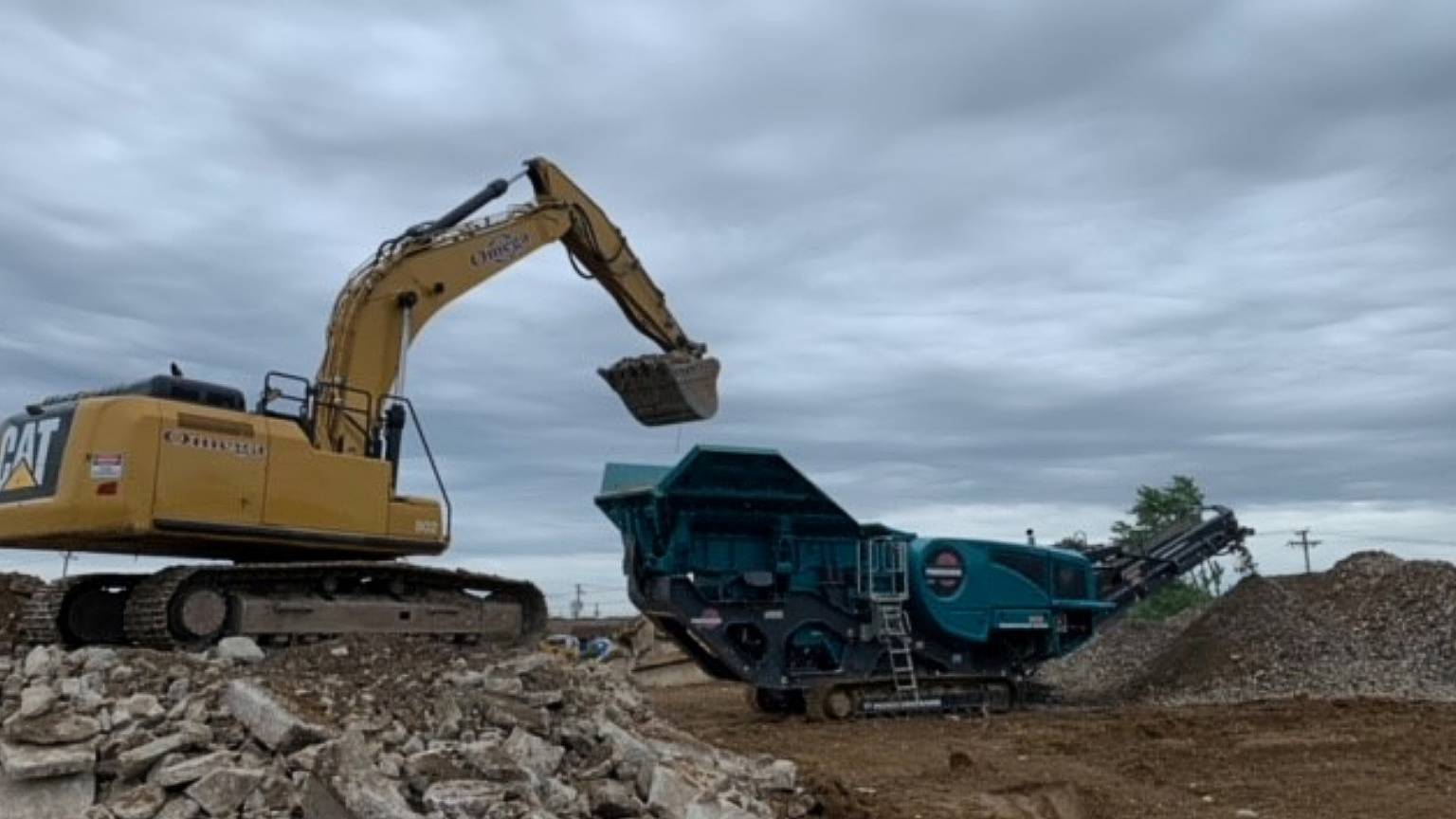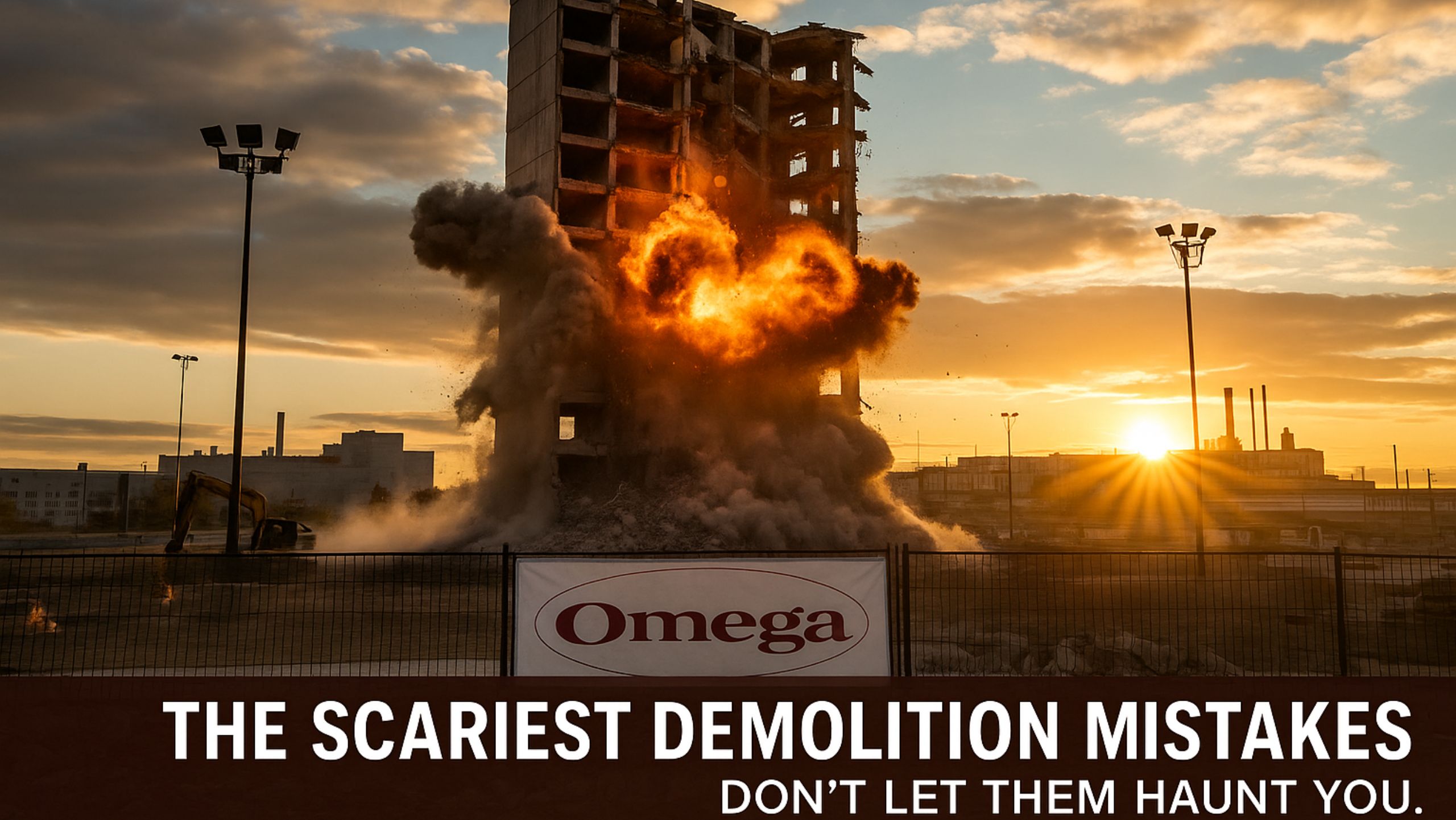In recent years, an increasing number of power plants have been decommissioned or demolished. Many areas around the country are transitioning to cleaner energy sources like wind power and natural gas. Regulatory pressure and stricter pollution controls have also contributed to power plant closures. Since 2010, 30 % of coal-fired generation has been retired and this number will continue to grow as the country moves toward zero-carbon energy sources to fulfill its commitment to reducing greenhouse gas emissions. When a power plant is shut down, utility companies have several options. They can repurpose the plant and transition to a different form of energy, abandon it and leave the building intact, or demolish it. While market conditions usually determine what happens to a power plant once it ceases operations, in many cases the power plant will eventually be demolished so the land can be sold and redeveloped for commercial use. Demolishing a power plant involves special considerations that other types of facilities don’t have to contend with. This blog will look at the process of demolishing a power plant and explore how it differs from other types of demolition projects.
Things to Consider When Demolishing a Power Plant
In order to reuse the land for another purpose, all of the hazardous materials inside the power plant need to be safely removed before the plant itself can be demolished. Only then can the demolition team raze the plant to the ground and begin the remediation process. The owner or operator of the power plant must also take into account regulations and restrictions that may be in place. You will need to talk with permitting agencies at the city, state, and federal levels to ensure you have all the necessary permits and also talk with the Environmental Protection Agency (EPA) at the beginning of the process as there are requirements that need to be met when performing a demolition of a power plant and when the land is redeveloped or repurposed.
At the start of the process, it is essential to assess the site for potential hazards and environmental considerations. You want a full picture early on of the hazardous abatement that the project will require to avoid unexpected hits to your budget and schedule. The EPA also needs to be informed before the abatement of hazardous materials like asbestos begins. The EPA will want to inspect the site and monitor for compliance.
When demolishing a power plant, the site can be turned into a brownfield or a greenfield. For a brownfield, the owner would focus on hot spots that are seriously contaminated. For a Greenfield site, the top layer of soil is removed entirely and the site is filled with clean dirt, soil, seed, grass, etc. With a Greenfield site, the land is returned to a state where developers can readily build on it. Brownfield sites are less expensive and less time-consuming, but it is typically harder to sell the land.
A final thing to consider is safety protocols. Usually, specific safety measures need to be taken to ensure everyone remains safe during the demolition and remediation processes. For example, access to the site usually needs to be limited to key individuals such as project managers and the demolition team, and the site should be secured so civilians can’t access the site.
Omega has extensive experience performing large-scale power plant demolitions and is equipped to complete the demolition process safely and securely while adhering to all necessary regulations and restrictions. Omega also understands the importance of meeting budgets and deadlines. Omega creates a demolition plan custom-made for the needs of each site.
Conclusion
Demolitions for power plants are often quite complex, especially if the plant is large and employs a large workforce. Additionally, many power plants have been abandoned and have been sitting vacant for months or even years. In these cases, it is usually the government spurring the demolition of the plant. With more complex projects, it might take a year just to decommission the plant and prepare the facility to make it ready for demolition. The demolition process itself can also take a year, especially if hazard abatement needs to be performed. For these reasons, it is prudent for plant operators to put together a competent team of engineers, project managers, and demolition experts. This will improve the likelihood the project is completed in a way that is cost-effective and on schedule, while also ensuring the demolition is performed safely.
If you are thinking about decommissioning a power plant or are in need of demolition services related to power plants, start by researching environmental regulations, reach out to relevant permit agencies and the EPA, and start looking into demolition experts. Contact Omega today and we can consult with you on the specific needs of your demolition project and advise on questions you may have about the demolition process for power plants.



